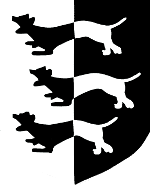

History, short version
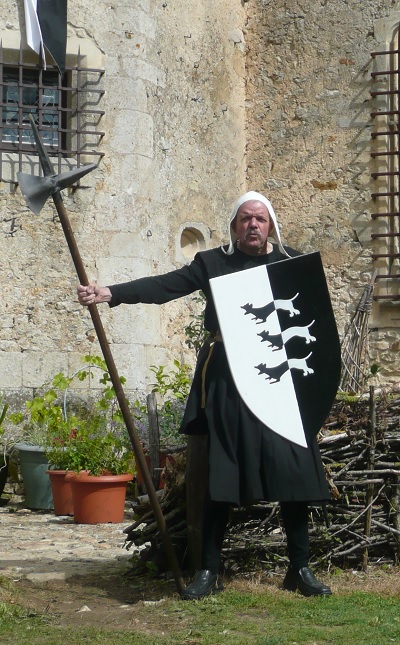

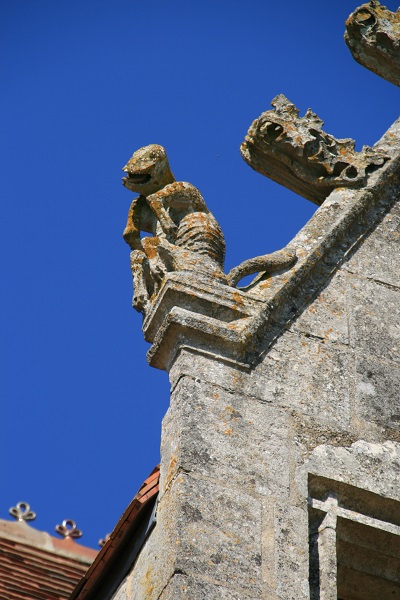
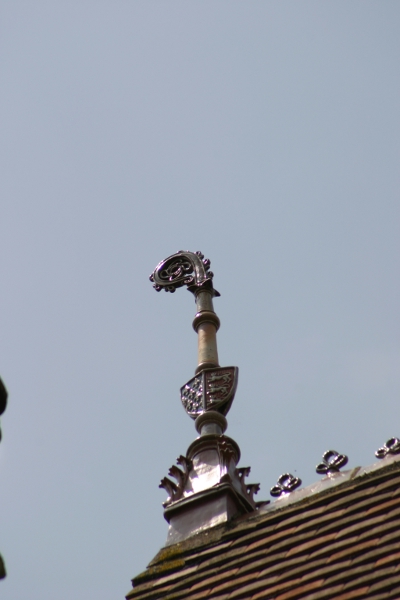
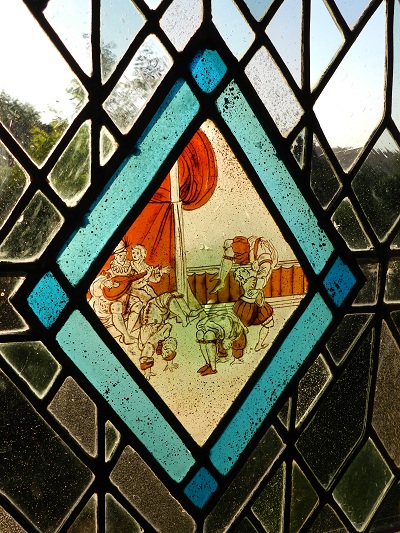
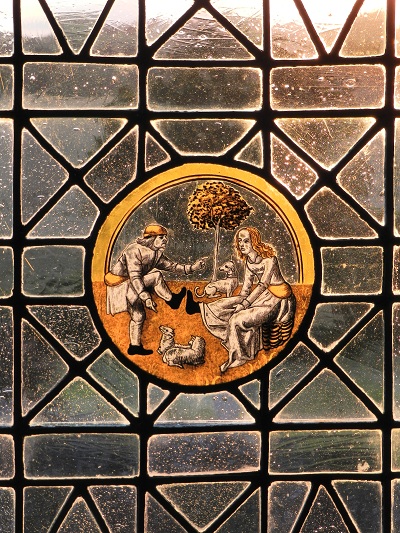
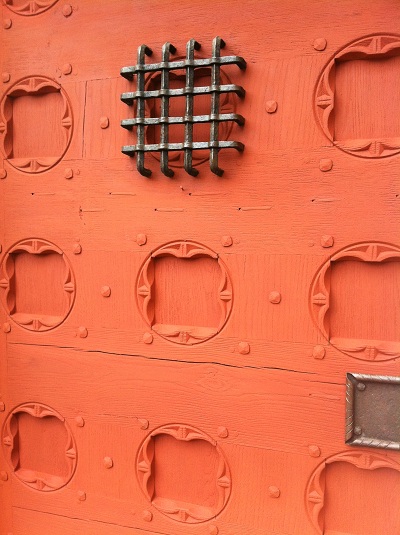








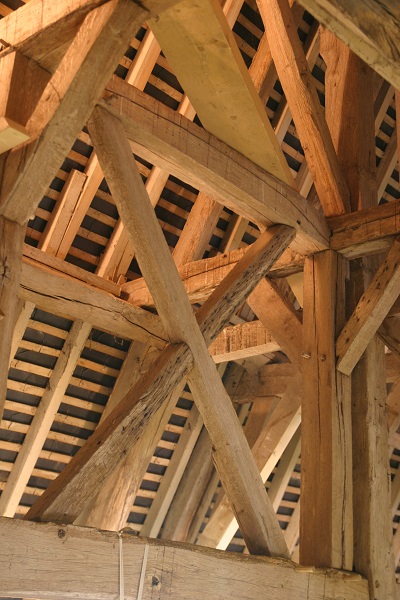

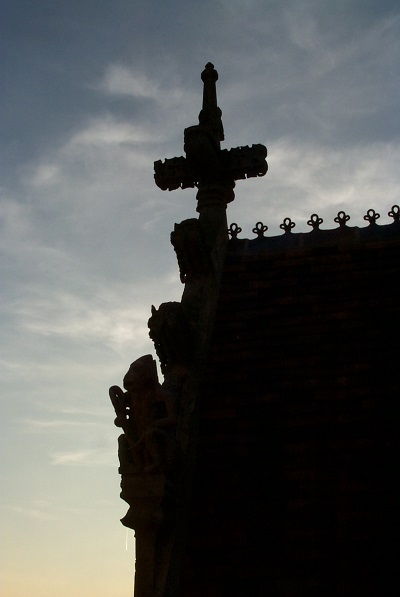

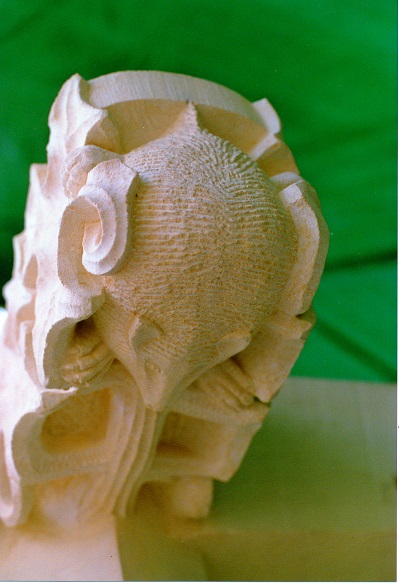

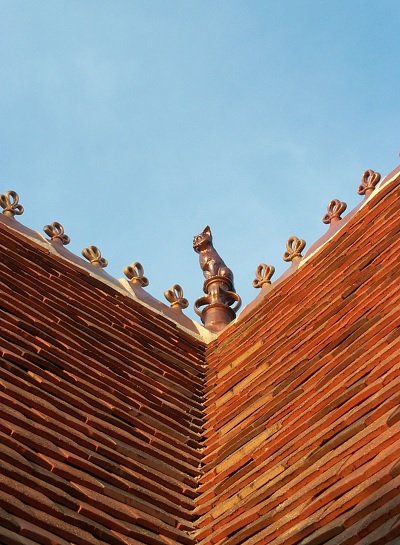
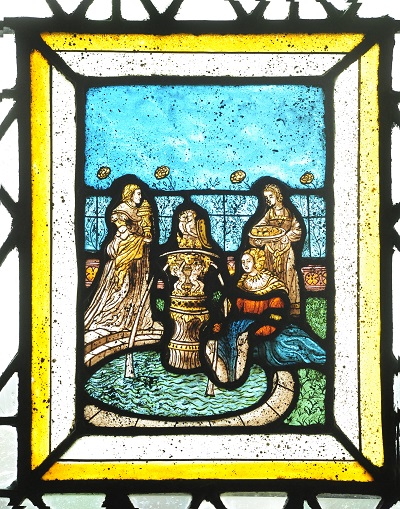
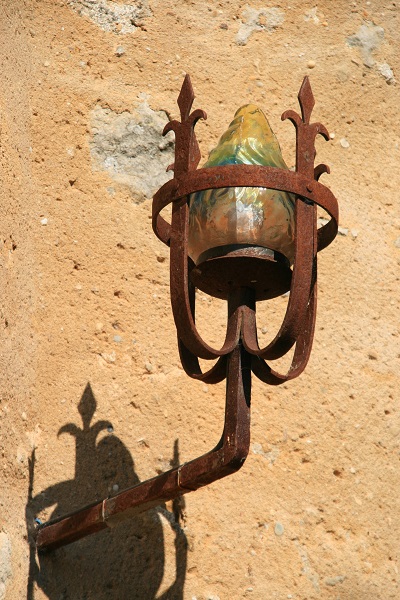
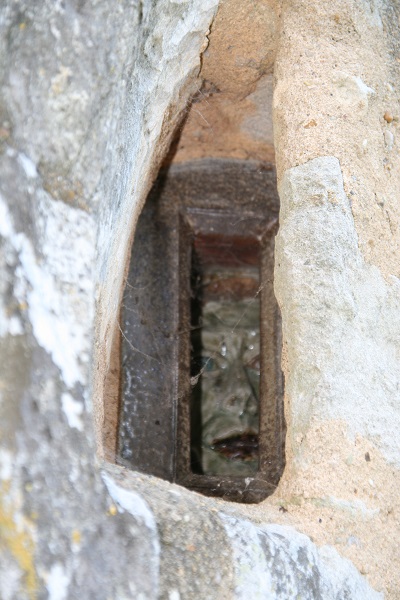
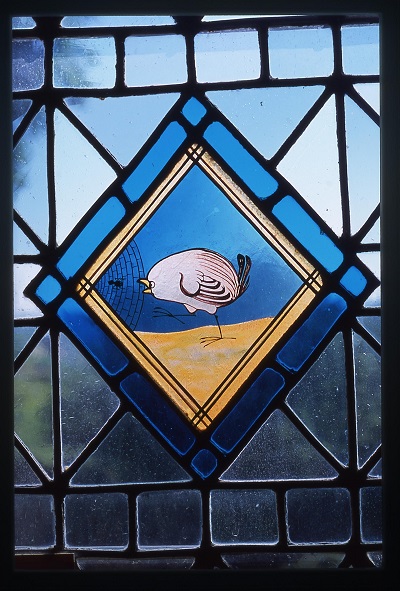

The priory (995-1417)
Legend tells us of the successive hermitages located on the very spot of Saint Catherine's chapel from as early as the 8th century. Around 990, Hughes II, Count of Main, after defeating Yves, the founder of the most dreaded lineage of the house of Bellème gave various estates to the Abbey of Saint Pierre et Saint Paul (now the Abbey Saint Pierre de La Coûture) out of which the estate of Moullins. In 995, twelve monks and a prior were sent to Moullins (a community as large as that of Rielvaux Abbey in North Yorkshire). They soon erected a large priory, probably in wood. The Priory prospered during 3 centuries. However in 1417, it was ransacked and burnt down by King Henry V's invading army.
Private residence of La Coûture's abbots (1500 - 1791)
Abbot Michel Bureau undertook the construction of a private residence, around 1500. His quarrels with the high-born Bishop of Le Mans, Philippe, Cardinal of Luxemburg, were remembered by many, as most of the time Dom Michel had upper hand. Abbot Michel's coat-of-arms - three ermines, half in silver and the other in beige colour - can be seen on one of the finials of the highest tower.
During the plague in 1515, Dom Michel sheltered with a large part of the community in Moullins. Upon his death, in 1518, the Abbey of La Coûture was placed at the centre of a formidable power struggle between King Francis I, and the Parliament together with the Sorbonne University. In face of this opposition, and in order to assert his authority, (he had ascended the throne three years before), the king battled during 6 months to make his decision prevail. From this date, the Abbots of La Couture, would exclusively be appointed by the King. Among the list of beneficiaries, stands out the Cardinal de Bourbon and Eugène de Savoie, Prince of Carignan. The end of the system of canonical elections in the Abbeys of Maine would compromise durably the economic recovery enjoyed in this province since the end of the One Hundred Years' war.
Four of the abbots appointed by the king, Martin de Beaune Semblançay, Adam Fumée, Nicolas Fumée, his nephew, and Charles de Froulay, took a real interest in their private residence of Moullins.
Archbishop of Tours and Abbot of La Coûture (1522-1527), Martin de Beaune Semblançay adorned Sainte Catherine's chapel with a magnificent altar piece from the Tours workshop of Guillaume Regnault whose works are now displayed in the Louvre.
Adam Fumée, abbot from 1527 till 1546, turned protestant. He may have extended Saint Catherine's chapel in 1544 to hold protestant gatherings, more discreetly than in Le Mans? In 1546, the king ordered Dom Adam's arrest. He just escaped to Geneva.
Upon the invasion of Le Mans by the Protestants in 1562, his nephew, Nicolas Fumée (1546-1575) resettled the congregation of La Coûture in Moullins. In 1575, Nicolas Fumée exchanged his Abbey for the See-Earldom-Peerhood of Beauvais. Nicolas played a meaningful part in the negotiations between the Catholic League and the Protestant party during the Religious wars ravaging France.
Moullins turned into a farm (1620 - 1982)
From 1620, the domain of Moullins was farmed by tenants and the residence inhabited by them. The only Abbot who came to Moullins after was Charles de Froulay from 1757 till 1767.
In 1791, the domain was auctioned off, by the revolutionaries, in seven separate lots. Around 1810, the chapel was converted into a barn and its stone vaulting was demolished. From 1805, the abbot's residence and a part of the domain passed from generation to generation until 1982.